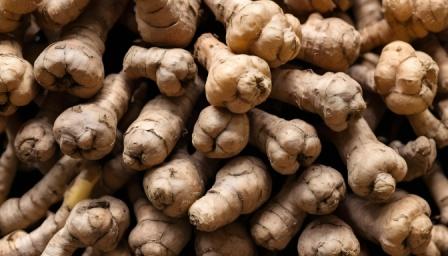A recent groundbreaking study led by Professor Weiqi Zhang, associated with the Beijing Institute of Genomics, Chinese Academy of Sciences, and in collaboration with Professors Guang-Hui Liu and Jing Qu from the Institute of Zoology, Chinese Academy of Sciences, has shed light on the intricate molecular mechanisms through which the protein MAVS impacts the senescence of human stem cells.
Published in the journal Research under the title "MAVS Antagonizes Human Stem Cell Senescence as a Mitochondrial Stabilizer," the research challenges the conventional understanding of MAVS, an antiviral signaling protein situated on the mitochondrial membrane primarily known for its role in defending against RNA virus infections.
The study explores MAVS beyond its established immune regulatory functions, revealing its pivotal role in maintaining both structural and functional equilibrium within mitochondria. This unexpected role influences the senescence of human stem cells, linking innate immunity, mitochondrial homeostasis, and stem cell senescence in ways not previously understood.
Mitochondrial dysfunction is a well-known hallmark of cellular senescence and organ aging. The study suggests that MAVS serves as a key stabilizer, maintaining mitochondrial structure and function, offering significant potential for alleviating cellular senescence and age-related issues.
The research team utilized CRISPR/Cas9-mediated gene editing and stem cell-directed differentiation techniques to investigate MAVS's function across various human stem cell types. Surprisingly, while the deletion of MAVS did not significantly affect human embryonic and neural stem cells, human mesenchymal stem cells exhibited senescence-associated defects, indicating a cell-type-specific role for MAVS.
Intriguingly, the study found that MAVS regulates human stem cell senescence through a distinct pathway, as the canonical downstream signaling responses were downregulated in MAVS-knockout human mesenchymal stem cells. This observation challenges prevailing notions and prompts further exploration of MAVS's role in cellular senescence.
The absence of MAVS in human mesenchymal stem cells led to mitochondrial dysfunction, characterized by altered structure, reduced membrane potential, elevated ROS levels, and decreased oxidative respiration rate. The study identified the interaction between MAVS and OPA1, a protein associated with mitochondrial fusion, unveiling the MAVS-OPA1 axis as a key player in maintaining mitochondrial homeostasis and regulating cellular senescence.
Moreover, reintroducing OPA1 or MAVS in MAVS-knockout human mesenchymal stem cells restored mitochondrial structural and functional homeostasis, ultimately alleviating cellular senescence. This non-canonical geroprotective function of MAVS opens new avenues for understanding its roles in antiviral immune response and mitochondrial homeostasis during the aging process.
As the research pioneers a fresh perspective on MAVS, further investigations are warranted to unravel the finer details of how MAVS finely regulates mitochondria at different levels and coordinates its roles in antiviral immune response and mitochondrial homeostasis throughout the aging process. The study not only expands our knowledge of MAVS but also holds promise for developing therapies to mitigate stem cell senescence and address age-related ailments.







